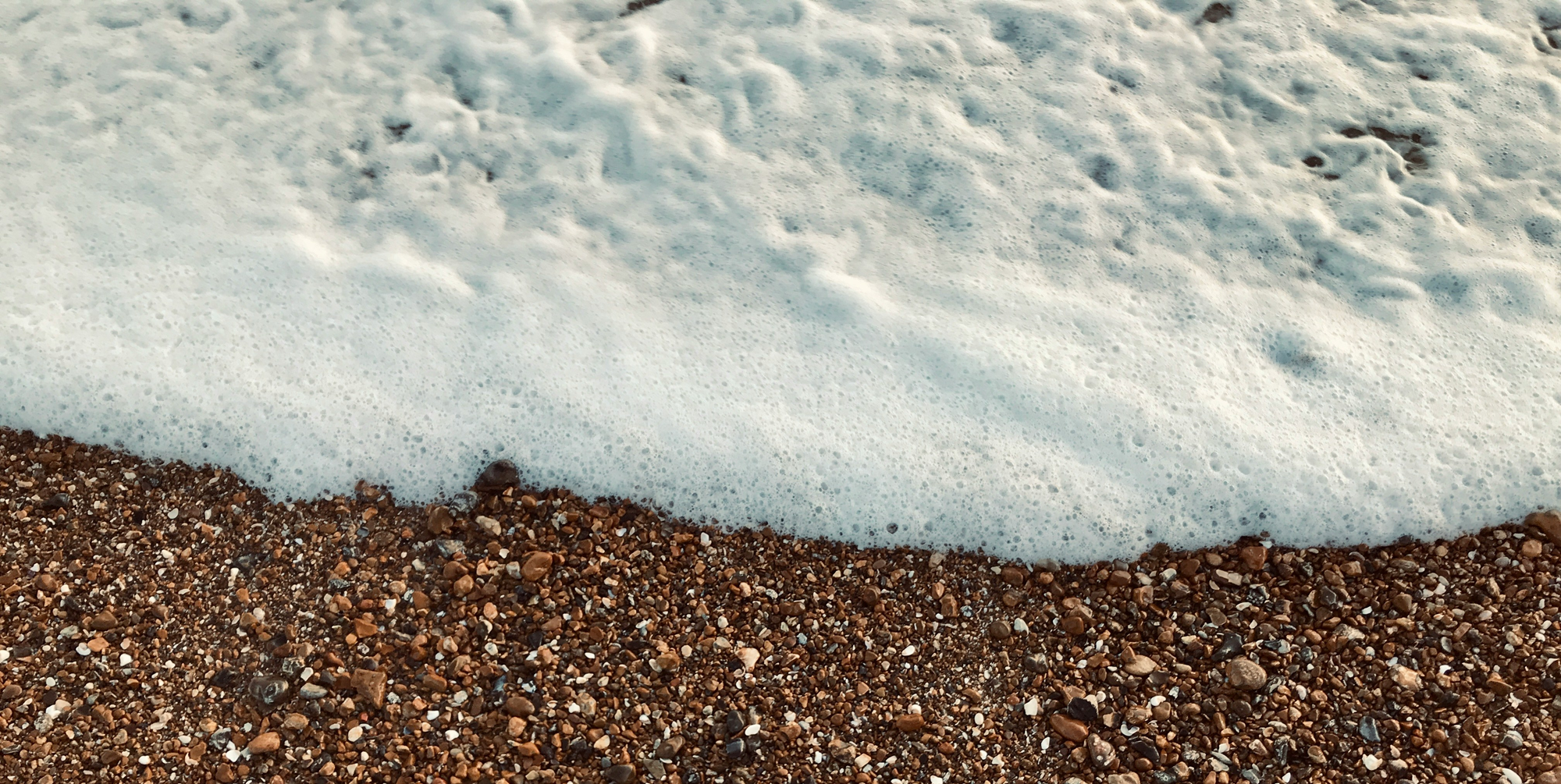Croatian Sea Salt: Surprising Benefits and Untold Stories

Table of Contents
- Why Croatian Sea Salt Is the Secret Ingredient Every Nautical Adventurer Needs
- Ston Saltworks: The Historic Heart of the Dubrovnik Republic
- Pag Saltworks: Tradition and Industry in Croatian Sea Salt Production
- Nin Saltworks: Salt from Healing Fields with 1,500 Years of Tradition
- Sea Salt Production in Croatian Saltworks
- Old Professions
- Health And Sea Salt
- Sea Salt in Niche Perfumes: The Scent of the Mediterranean on the Skin
- Saltworks Today

Why Croatian Sea Salt Is the Secret Ingredient Every Nautical Adventurer Needs
In a world where every detail matters, Croatian sea salt is more than just a seasoning—it’s a symbol of the Mediterranean lifestyle, a connection with nature, and a truly authentic Adriatic experience.
Imagine a morning on the deck of a boat: a gentle breeze carries the scent of the sea and freshly harvested Adriatic sea salt, while the sun slowly illuminates the endless blue of the coastline. For sailors seeking more than just the thrill of sailing, sea salt from Croatia reveals a story of tradition, wellness, and coastal luxury in its purest form. Croatian sea salt has shaped the coast, the economy, and national identity for centuries. As modern sailors navigate the Adriatic, the salt pans of Pag, Ston, and Nin stand as living monuments to tradition—places that evoke memories of old trades and inspire a new generation of products, from niche perfumes to natural wellness rituals.
Although Croatia has no rock salt mines, its coastline is home to three historic sea saltworks: Ston, Pag, and Nin. These are places where centuries-old techniques are still passed down through generations, and sea salt is harvested much as it was in the Middle Ages—pure, sun-dried, and full of character.
Ston Saltworks: The Historic Heart of the Dubrovnik Republic
Located on the beautiful Pelješac Peninsula, the Ston saltworks is the oldest active salt production site in Europe. Its origins date back to Roman times, and since 1333, it has been a vital economic resource for the Republic of Dubrovnik. Salt from Ston once generated a third of the Republic’s income, leading to the construction of the famous Ston Walls - the second-longest defensive wall in Europe.
Salt is harvested in 58 traditional salt pools, organized into five groups, with the production season running from April to October. The crystallization process takes place in nine special pools, each named after a saint or bearing symbolic names, preserving centuries-old customs.
Historically, the entire local community was involved in the salt harvest, which was done entirely by hand. The trade and transport of Ston sea salt formed the backbone of the local economy. Today, the Ston saltworks remains a working economic entity, a protected cultural monument, and a fascinating attraction for tourists and sailors exploring the Adriatic coast.

Pag Saltworks: Tradition and Industry in Croatian Sea Salt Production
Located on the island of Pag, this historic Pag saltworks benefits from its unique clay substrate and ideal climate, fostering a salt production tradition that dates back over a thousand years. The first written record of Pag sea salt is from 999 AD, and throughout history, the saltworks have been essential to the livelihood of islanders and the surrounding Zadar region.
During the Venetian Republic, the Pag saltworks held a monopoly and special privileges, which helped it thrive. Later, under Habsburg rule, the saltworks expanded production capacity and modernized operations.
Today, Pag Saltworks is the largest sea salt producer in Croatia, covering over 225 hectares of evaporation pools. Salt is still produced naturally by evaporating seawater, then carefully harvested after crystallization and stored for processing. The unique quality of Pag salt is recognized by its inclusion in the register of protected designations of origin and geographical indications, highlighting its exceptional status among Mediterranean sea salts.

Nin Saltworks: Salt from Healing Fields with 1,500 Years of Tradition
Located in a lagoon near the historic town of Nin, the Nin saltworks boasts a tradition of over 1,500 years. Covering 55 hectares, the salt production here is unique due to the proximity of medicinal mud (peloid), which enriches the Nin sea salt with valuable minerals, boosting its nutritional and health benefits.
The salt is still harvested by hand through a careful five-stage process, preserving the ancient methods passed down through generations. This natural approach makes Nin salt not only a culinary ingredient but also a product valued for its wellness properties.
Sea Salt Production in Croatian Saltworks
Sea salt production in Croatian saltworks is based on the natural evaporation of seawater in shallow salt pools along the Adriatic coast. Each spring, these pools are carefully filled with seawater, which gradually evaporates during the warm months, leaving pure sea salt crystals behind. The salt is then harvested by hand, preserving centuries-old traditional methods.
This delicate process demands precise water management, ongoing maintenance of salt pans, and close monitoring of weather conditions to ensure high-quality salt production. In historic saltworks like Ston and Nin, salt harvesting remains almost entirely manual, while on the island of Pag, production is partially mechanized but continues to honor tradition and strict ecological standards.
Croatian sea salt production is not only a cultural heritage but also a sustainable practice that highlights the unique natural environment of the Adriatic coast.

Old Professions
For centuries, salt working was more than a job—it was the center of life for entire communities. During the Dubrovnik Republic, working in the Ston saltworks was mandatory for all able-bodied people, and avoiding work was punishable. On Pag and in Nin, salt working enabled the survival and development of the local population.
In addition to salt workers, saltworks employed carriers, maintenance workers, warehousemen, and traders. The salt trade was strictly regulated, and salt was considered a strategic resource, often called “white gold.” Today, these professions have almost disappeared, but knowledge and tradition are preserved through tourist tours, workshops, and events, maintaining the identity of the local community.
Health And Sea Salt
Sea salt is not just a food product but also a source of numerous minerals: magnesium, calcium, potassium, iodine, zinc, and other trace elements. Unlike refined table salt, natural sea salt retains the richness of minerals from the sea.
Moderate consumption of sea salt contributes to electrolyte balance, supports heart and muscle function, and can have a positive effect on blood pressure and bone health. In folk medicine, sea salt is used for gargling, inhalations, compresses for pain, and skin care. Baths with sea salt help with detoxification and recovery after physical exertion—especially useful for sailors exposed to sun, wind, and seawater.
Nin salt’s special feature is the addition of minerals from medicinal mud, which gives it extra value in wellness treatments and cosmetics. Pag salt, thanks to its clean environment and traditional production, is often used in top gastronomy.

Sea Salt in Niche Perfumes: The Scent of the Mediterranean on the Skin
In the past decade, niche perfume houses have increasingly used sea salt notes to evoke freshness, minerality, and a sense of freedom. These perfumes capture the essence of sailing, salty drops on the skin, and the feeling of a summer day on the Adriatic.
Some of the most famous niche perfumes featuring sea salt notes include:
- Jo Malone Wood Sage & Sea Salt – a fragrance that brings the freshness of the coast, sage, and salt, reminiscent of a walk by the sea.
- Maison Margiela Replica Sailing Day – an aquatic scent with hints of seaweed, amber, and salt, evoking the adventure of sailing the open sea.
- Hermes Eau des Merveilles Bleue – combines mineral and woody notes with pronounced sea salt, perfect for Mediterranean lovers.
For sailors, a perfume with a sea salt note becomes a souvenir from their journey, a reminder of the scent of wind, salt, and sun—even during winter, far from the coast. These fragrances go beyond fashion, offering an authentic extension of the Mediterranean sailing experience.
Saltworks Today
Despite its rich tradition, Croatian saltworks face several challenges. Croatia produces only about 10% of the salt it consumes, with the majority being imported. However, domestic saltworks successfully market their products internationally, and special types such as fleur de sel and organic sea salt are increasingly sought after by gastronomes and health enthusiasts.
Saltworks also serve as a tourist attraction: in Ston, visitors can explore the oldest saltworks in Europe; in Nin, participate in the traditional salt harvest; and on Pag, taste sea salt with a protected designation of origin. Educational tours, salt museums, and festivals draw visitors from around the world. For sailors, these experiences offer an authentic insight into the sea salt production process.
Salt: The Link Between the Adriatic’s Past, Present, and Future
For sailors in Croatia, sea salt is more than seasoning—it symbolizes the Mediterranean lifestyle and serves as a bridge between history and modern trends. Every crystal of salt tells a story of human perseverance, natural beauty, and community spirit. From hand-harvested salt in Ston, to niche perfumes inspired by sea salt, and the health benefits of mineral-rich salt, sea salt remains an endless source of inspiration and a vital part of life on the Adriatic coast.
As you sail the Adriatic, take the time to visit a saltwork, meet the salt workers, taste freshly harvested salt, or discover a perfume with sea salt notes. Experience the authentic story of the “white gold” that continues to shape life on the Croatian coast.
















